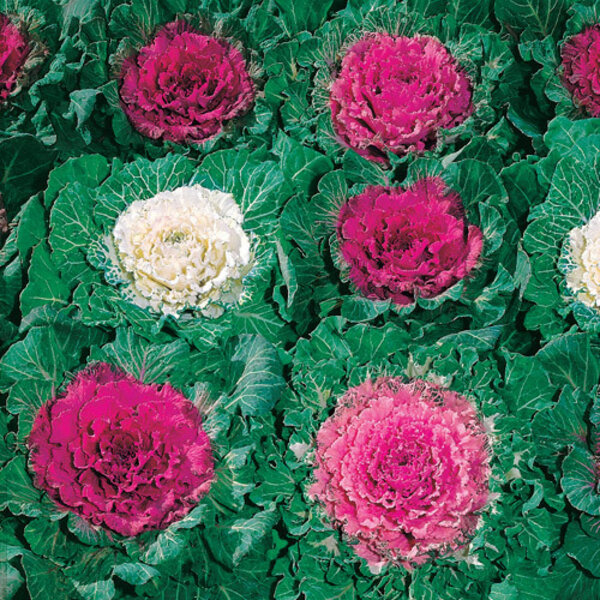Fall planting in southern California gardens
Loading...
Fall planting in Southern California gardens includes starting some plants from seed and buying others already started at a nursery or garden center.
Some vegetables can be started from seed sown directly in the garden. First of all, get that part of the garden ready. I like to spade the soil to a depth of three to six inches, smooth it out, drop the seeds in, spacing them as well as I can, then cover them with some organic material, ground as fine as I can get it, and watering it in.
Alternatives are just smoothing the soil out and then seeding and watering; do whatever works for you. Of course, seeds can be started in containers, and many vegetables can be grown in containers if you prefer..
Those vegetables that can be grown from seed sown directly in the soil include beets, sugar peas, broccoli, cabbage, carrot, cauliflower, celery, lettuce (both head and leaf types), kohlrabi, short-day onion, shallot, leek, radish, spinach, and Swiss chard.
Vegetables in containers
Most of these same vegetables can also be planted in containers. Use a good-size container, at least 15 inches deep and 10 inches in diameter, and use a good seed starting mixture.
Containers aren’t great for large onions (although scallions will do well), and cauliflower, celery, and broccoli are a little too large for small containers.
September is still a pretty warm month in most areas of SoCal, so keep the seedbed or container soil moist until seeds germinate.
Most flowers will be better started from seed in a controlled environment, like a small portable greenhouse, rather than sown directly in the soil. The exceptions -- alyssum, calendula, cosmos, nasturtium, ornamental cabbage and kale, and winter flowering sweet pea -- can be direct sown.
The other fall, winter, and spring flowers need more care in starting. In a greenhouse or indoors, sow seed of ageratum, columbine, dianthus, carnation, bellis, foxglove, hollyhock, lobelia, lisianthus, lupine, pansy, viola, petunia, larkspur, all poppies, perennial salvia, snapdragon, or statice in flats.
Most vegetables and flowers you start from seed will need to be thinned out to grow well, and those you start under controlled conditions can be transplanted when they have their first set of true leaves, usually when they’re about three inches tall.
Get started now
How about seasonal started plants from the nursery? Buy them and plant them as soon as you see them. You’ll get earlier blooms from started plants -- most will already be blooming -- but your choice of varieties is much smaller than with seeds.
Set started plants in the garden, firm up the soil around the stems and water in immediately to get rid of air pockets.
Can you wait until next month to do all this? Sure, but the earlier you get your fall, winter, and spring garden going, the sooner it will return its rewards.
What are you growing in your fall garden?
-----
Gerald Burke is a travel and horticultural writer who lives in southern California. He spent more than 30 years in the seed business and is a member of the Garden Writers Association. To read more of what he has written here at Diggin' It, click here.





